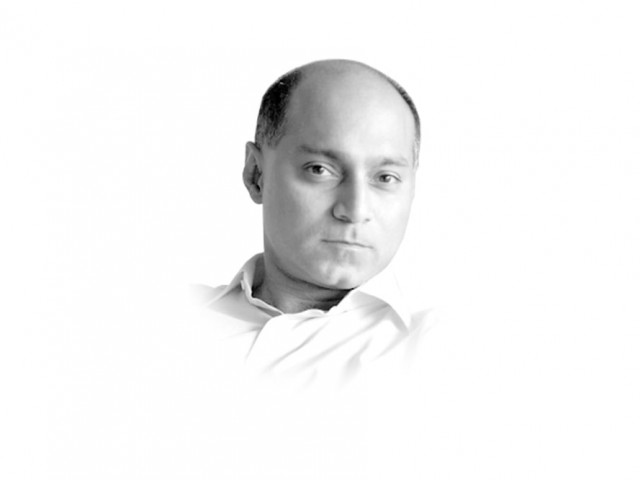Crisis spells a haircut
Our savings which are supposed to finance our future growth, are being diverted to pay for current consumption instead

But what exactly does that mean on the ground? An unsustainable growth of debt means that at some point the government will have difficulty servicing its debts, and then approach its creditors to change the terms on which the debt has been acquired.
Something along these lines is already underway. The government has had a hard time servicing the liabilities of Power Holding Company, which was created under the administration of Shaukat Tarin, to park a little more than Rs300 billion of debt through Term Finance Certificates (TFC), money that was then used to retire the circular debt in 2009 and 2010. About Rs40 billion were budgeted last year as debt servicing cost for these TFCs, but the government has had a hard time meeting its obligations in the last quarter or two.
So the finance ministry has offered to exchange the debt in question for Pakistan Investment Bonds (PIB) of equivalent amount. PIBs are standard government paper, which can be used by banks to fulfil their statutory liquidity ratio requirement and can also be sold in a liquid and fully functioning secondary market. Now in the scheme of things this is not such a huge deal. After all, it amounts to taking about Rs300 billion of government debt that is held under one instrument, and transferring it to another. Both instruments are underwritten by the government. Both have three letter acronyms.
But there are two problems here. One is a problem for the banks: Does the exchange require them to adjust their returns or the maturity profile of their investment? If yes to either one, then the exchange can technically be called a debt restructuring and as such would represent the first haircut for our banks on their domestic debt.
But there is a bigger problem here. You can catch a glimpse of it when you consider that our financial system does not smoothly and steadily intermediate between lenders and borrowers in the course of its normal operation. Instead, our financial sector is populated by mobs that stampede into and out of performing assets in droves. Back in the bubble-era heydays of mid-decade, for instance, a time remembered by our financial lemmings with rueful nostalgia, everybody was stampeding into Oil and Gas Development Company Limited and Pakistan Petroleum Limited stocks, when they weren’t rushing into real estate that is. The government, under a dishonest leadership at the Debt Management Office, egged on the stampede because they were, after all, the largest shareholders in these companies. Other public sector enterprises were similarly talked up and down and the stampede responded with predictable stupidity.
When the whole affair ended with blood on the streets in the fall of 2008, the herd stampeded into the only performing asset left in town: Government paper. Today, our banks and asset management firms, our so-called development finance institutions and brokerages are all clumping tighter and tighter into the money markets. Once again, the government quietly smiles on the whole affair, since the apparatus for farming individual and institutional savings subtly picks up the slack in our fiscal efforts.
Our savings, which are supposed to finance our future growth, are being diverted to pay for our current consumption instead. And in the case when the banking sector resources are used to retire the circular debt, our savings are being used to pay for yesterday’s consumption!
So when the government decides to consolidate its sprawling ‘quasi fiscal’ liabilities into liquid government paper like treasury bills and PIBs, like they did in March, when Rs130 billion were lifted from banks in a T-bill auction to pay oil sector bills and, like they are doing today with trying to move Power Holding TFCs into PIBs, they’re doing more than changing the three letter acronym on their debt. They’re actually egging on the herd to come stampeding into government debt. In a year when storm clouds are gathering around sovereign debt everywhere in the world, and in a year when the government has to roll over a record Rs2.9 trillion in short-term debt, this is a dangerous game to be playing.
Published in The Express Tribune, July 14th, 2011.















COMMENTS
Comments are moderated and generally will be posted if they are on-topic and not abusive.
For more information, please see our Comments FAQ